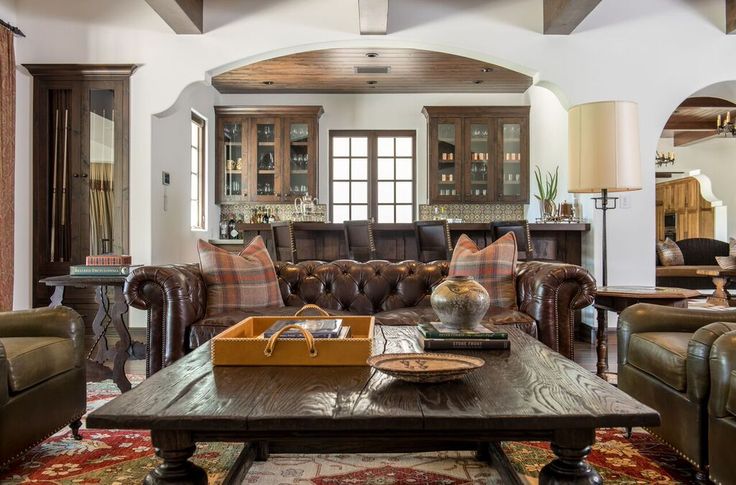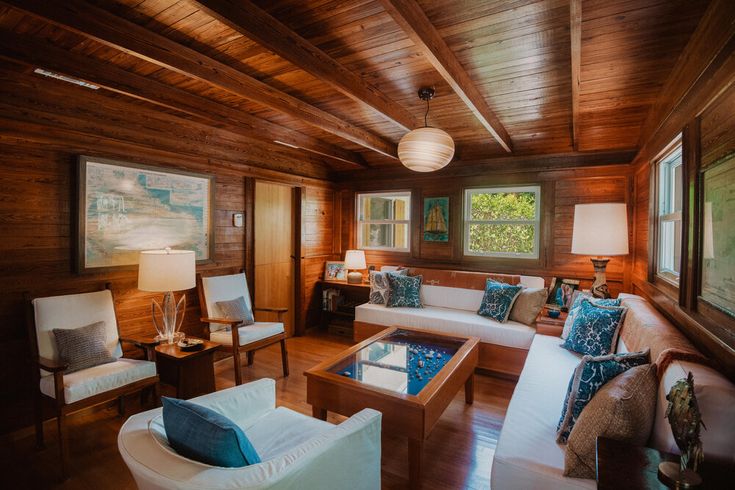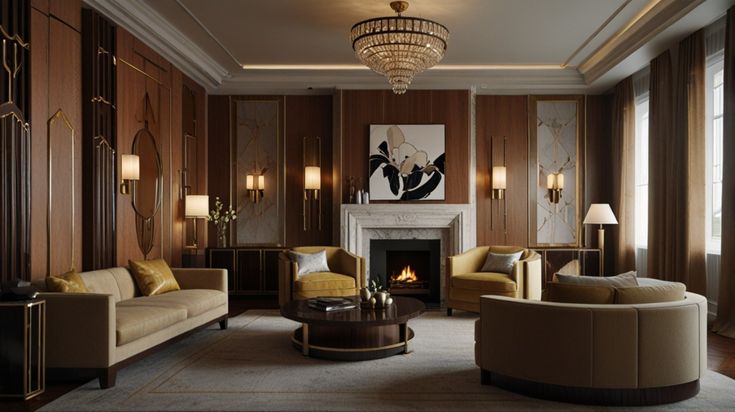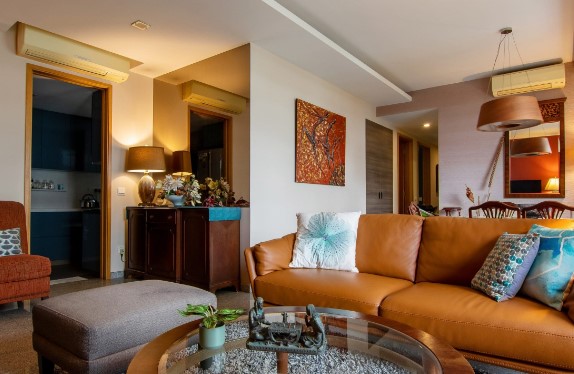Vintage vs. Modern: How to Blend Old and New in Home Design
Vintage vs. Modern: How to Blend Old and New in Home Design – Creating a home that balances vintage charm with modern functionality is an art. When executed well, it results in a unique space that reflects personality, history, and contemporary comfort. This guide will help you master the delicate balance between vintage and modern elements in home design, ensuring a cohesive and visually striking look.

Why Blend Vintage and Modern Styles?
1. Timeless Appeal
Vintage pieces evoke nostalgia and bring character to a home. When combined with sleek modern elements, they create a timeless aesthetic that doesn’t feel outdated or overly trendy.
2. Versatility
Blending these styles gives you the freedom to mix and match different design eras, making your home truly unique.
3. Sustainability
Incorporating vintage furniture or decor often means reusing and repurposing items, which is an eco-friendly alternative to buying new.
Step 1: Start with a Neutral Foundation
A neutral color palette is the perfect backdrop for blending styles. Shades of white, gray, beige, or soft pastels create a calming base that allows vintage and modern elements to shine without clashing.
- Walls: Consider painting walls in light hues or using subtle wallpapers.
- Flooring: Hardwood floors with a natural finish can bridge the gap between old-world charm and modern sophistication.
Pro Tip:
Use neutral rugs to anchor vintage furniture while maintaining a clean, modern vibe.
Step 2: Curate Statement Pieces
A successful blend of vintage and modern design relies on striking the right balance between bold and understated elements.
Choose One Hero Piece
Each room should have a standout item. It could be a mid-century modern sofa, a vintage armoire, or a contemporary chandelier. The key is to let this piece set the tone for the space.
Mix Textures
- Pair a sleek glass coffee table with an ornate vintage rug.
- Combine a distressed wooden dining table with modern acrylic chairs.
Step 3: Combine Materials Thoughtfully
Material choices play a crucial role in blending styles. Here’s how to layer materials effectively:

Vintage Materials
- Wood: Opt for distressed or reclaimed wood to add warmth and history.
- Brass & Copper: These metals have a timeless appeal and can be incorporated through light fixtures, handles, or decor.
- Textiles: Include vintage-inspired fabrics like velvet, linen, or embroidered textiles.
Modern Materials
- Glass & Acrylic: Transparent elements keep the space light and airy.
- Steel & Concrete: These industrial materials add an edgy, contemporary feel.
- Polished Finishes: High-gloss surfaces like lacquered cabinets or shiny tiles provide contrast to vintage textures.
Step 4: Focus on Functional Fusion
Your home should not only look good but also function well. Integrate modern technology with vintage aesthetics for the best of both worlds.
Examples of Functional Fusion
- Smart Tech: Install smart lighting or thermostats, but encase them in vintage-style fixtures to maintain the look.
- Appliances: Choose retro-inspired kitchen appliances with modern capabilities.
- Seating: Opt for ergonomically designed furniture in vintage-inspired shapes or fabrics.
Step 5: Create Visual Contrast
Contrast is crucial in making both vintage and modern elements stand out. Here’s how to achieve it:
Contrast Colors
Pair light and dark shades strategically. For instance, a dark antique sideboard can pop against a crisp white wall.
Contrast Shapes
- Use geometric modern furniture alongside more ornate, vintage pieces.
- Combine round, curvy items like a Victorian mirror with sharp-edged modern shelving.
Step 6: Layer Decor Thoughtfully
Accessories and decor items are where you can tie everything together without overwhelming the space.

Art & Frames
- Mix modern art with antique frames or vice versa.
- Create a gallery wall that incorporates both minimalist and vintage-style artwork.
Lighting
Layer lighting with a mix of styles:
- A contemporary floor lamp paired with a vintage pendant light.
- Edison bulbs in modern fixtures to evoke an old-school ambiance.
Greenery
Plants add freshness to any room. Use vintage pots or planters to add an extra layer of charm to your greenery.
Step 7: Zone Your Space
When blending styles, zoning your space helps maintain a sense of order and cohesion. Define areas with rugs, furniture arrangements, or color schemes.
Examples:
- In a living room, place a modern sectional sofa in one area and a vintage reading nook in another.
- Use shelving to separate an open-plan space into vintage-inspired and contemporary zones.
Step 8: Pay Attention to Details
Small details make a big difference in blending vintage and modern design.
Hardware
Replace cabinet knobs and drawer pulls with vintage-inspired designs in brass or ceramic.
Trim & Molding
Add traditional molding to walls or ceilings to bring a classic touch to modern spaces.
Textiles
Layer vintage throws and pillows over modern furniture for added depth and texture.
Common Mistakes to Avoid
1. Overcrowding
Too many vintage and modern pieces in one space can create chaos. Aim for balance by limiting the number of standout items in each room.
2. Ignoring Proportion
Make sure furniture and decor are proportionate to the room’s size. Avoid oversized vintage furniture in small spaces and vice versa.
3. Clashing Styles
Stick to a cohesive palette and design direction. While it’s okay to experiment, avoid mixing too many eras or design movements in one space.
Inspirational Ideas for Different Rooms
Living Room
- Combine a modern sectional with a vintage coffee table.
- Use a sleek media console and balance it with antique armchairs.
Kitchen
- Add open shelving with reclaimed wood.
- Choose a modern backsplash paired with vintage-inspired pendant lights.
Bedroom
- Mix a tufted vintage headboard with modern nightstands.
- Use mid-century lighting for a subtle nod to the past.
Bathroom
- Install a clawfoot bathtub and pair it with minimalist faucets.
- Use patterned vintage tiles on the floor with contemporary wall tiles.
Final Thoughts
Blending vintage and modern styles in home design is about celebrating the best of both worlds. By following these steps, you can create a harmonious space that tells a story, feels timeless, and meets the demands of modern living. Whether you’re renovating an old home or designing a new one, embracing both styles will result in a space that’s as functional as it is beautiful.
So, get creative, and let your home be a reflection of your unique taste and style!





